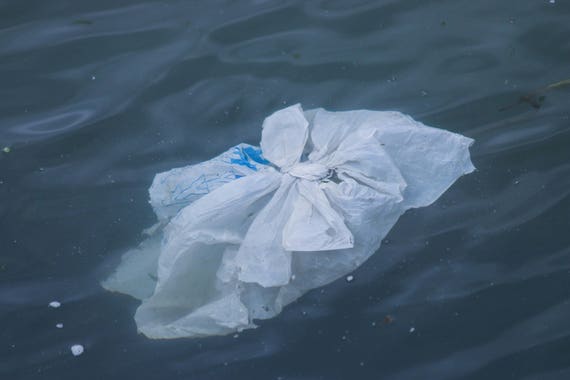Ocean floor a 'reservoir' of plastic pollution, study finds
New research from CSIRO, Australia's national science agency, and the University of Toronto in Canada, estimates up to 11 million metric tons of plastic pollution is sitting on the ocean floor. The article, "Plastics in the deep sea—A global estimate of the ocean floor reservoir," was published in Deep Sea Research Part I: Oceanographic Research Papers.
Scientific data was used to build two predictive models to estimate the amount and distribution of plastic on the ocean floor—one based on data from remote operated vehicles (ROVs) and the other from bottom trawls. Using ROV data, 3 to 11 million metric tons of plastic pollution is estimated to reside on the ocean floor.


Add comment